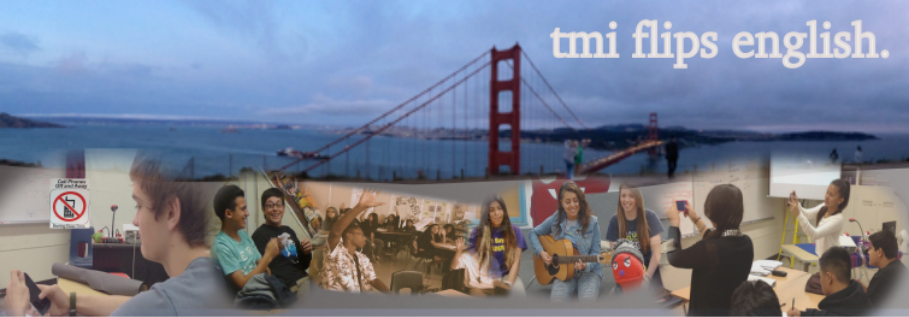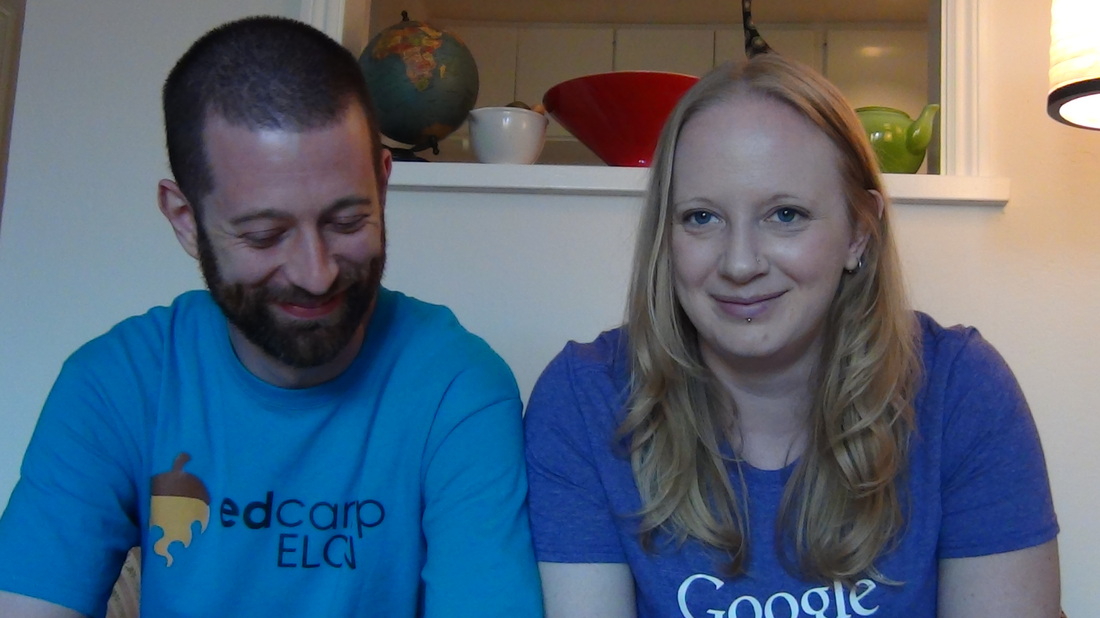In credential school, I was taught about reciprocal teaching, where each student takes a specific role and completes a task - summarising, predicting, illustrating, directing the discussion, and looking up words in the dictionary. We were told that explicitly teaching and using reading strategies were the way to be a good English teacher. Comprehension is king, and comprehension comes through reading strategies.
But when I tried Lit Circles using those reciprocal teaching strategies with my freshmen, it just didn’t work. The kids didn’t read the books, even though they chose their own. They barely took the reciprocal teaching jobs seriously enough to write a few words down. They made things up to see if I had read the book when I talked to each group about the themes and characters (and got away with it on at least one occasion!).
It was an unmitigated disaster.
Corippo’s method turns Literature Circles into an assessment of skills, that also honours student choice and lets them experience the joy of reading without drudgery.
The key to this method is to teach discrete skills, practice them until mastery, and then apply them to grade-level texts LONG before students start Lit Circles. It isn’t drill-and-kill because the practice is designed around engaging, high-interest texts, often drawn from social media the students use every day. We use a variety of pictures, GIFs, short videos, classic cartoons, songs, and even Instagram and Vine videos.
When you practice skills on a difficult text, the problem is that you are testing reading comprehension along with the skills, and that does not give you a clear picture of what students actually know and are able to do. By removing the reading comprehension layer, it also lowers the affective filter - the anxiety students feel when a task is challenging - so that students are challenged appropriately without anxiety getting in the way. That happens when I make it fun, keep the texts interesting and accessible, and give students lots of repetitions.
Here are two examples for how I teach one of the most important skills: making inferences. This takes many weeks of repetitions to build students’ skills.
- Using pictures of well-known current events (often drawn from collections of the best photos of the week), students make inferences about the subject, the place and the context of the photo.
- In most cases, students were already making inferences without realising it by connecting the events to the photo; anything that is not explicitly shown in the photo is an inference. That means that if students know where it took place, they made an inference. If they know the events that led up to the photo, or the ones that came after, they made inferences.
- It’s an easy, and highly visual way, to help students see all the information they read into situations without even realising it. And it’s not a big step to making inferences about texts from there.
- Here is an example from the church shooting in Charleston, South Carolina. Students fill out the top three boxes, then I give them a short description of the context, and then they write which inferences were correct and which weren’t. This also gives students the chance to discuss an event they have heard about frequently, but may not understand.
- In most cases, students were already making inferences without realising it by connecting the events to the photo; anything that is not explicitly shown in the photo is an inference. That means that if students know where it took place, they made an inference. If they know the events that led up to the photo, or the ones that came after, they made inferences.
- I also use the game Geoguessr to have make inferences based on available evidence.
- The premise of the game is that they drop you somewhere in Google Earth, and your job is to pinpoint on a map where you are. From the outback of Australia to the fjords of Scandinavia, to the wheat fields of the midwest United States, all you have to figure out where you are is what you see: this is fertile ground to practice making inferences.
- Clearly, this is intensely challenging, so I allow students to work in teams and use Google to research street signs, posters, addresses, phone numbers, and anything else they can find that can help them figure it out. There are lots of chances to make inferences, based on what they can see, what the markings on the roads are, and what side of the road on which cars drive.
- The premise of the game is that they drop you somewhere in Google Earth, and your job is to pinpoint on a map where you are. From the outback of Australia to the fjords of Scandinavia, to the wheat fields of the midwest United States, all you have to figure out where you are is what you see: this is fertile ground to practice making inferences.
Those activities build their inferential skills so that by the time students choose their book for Lit Circles, they have all the skills they need, and can practice them on a more challenging text. They can make inferences about plot, about character, and about what will happen later in the book. Their ability to make those inferences is strengthened by the practice we have done, and so they are able to focus on more than just the required activities they need to check off the list.
Isn’t that supposed to be the point of Literature Circles? It’s not about the teacher feeling proud of how much literature they crammed into the year, or having students practice an isolated reading strategy. It’s about giving students time and space to grow as readers and experience the magic of collective learning. By creating class time for Literature Circles, we give students time and space to read together, and use the skills they have gained to collaboratively dig deeper into the book. There are no individual jobs, but there is individual accountability for demonstrating their skills in individual assignments following each discussion in class.
I’m glad to have had the push to reevaluate the practice of Literature Circles. It turns out that it IS worth the class time.
How do you do Literature Circles? How do you practice the skills students need to dig deeper into books? Please share in the comments!
For high school standards, I have created this set of templates to practice skills of conflict, character analysis and plot development. They are also based on Jon Corippo’s presentation about rebooting Lit Circles for Common Core. This is a series of assignments I created for middle schoolers.


 RSS Feed
RSS Feed
